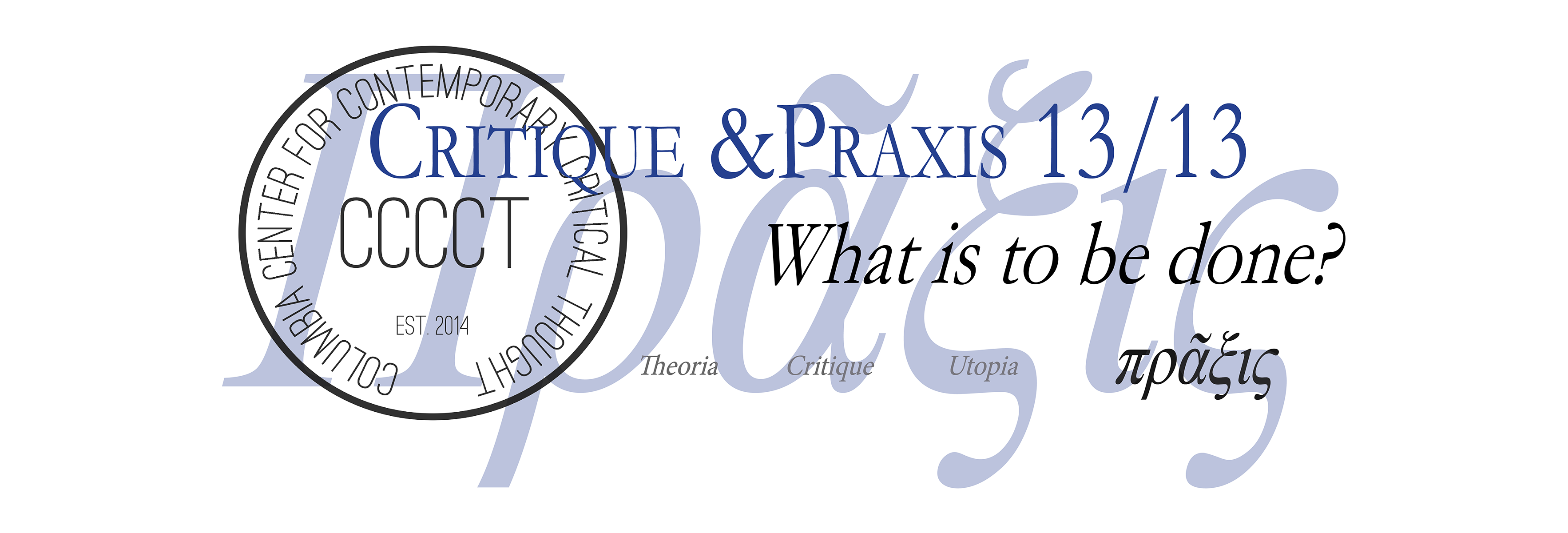By Matthew Conroy
I want to make an intervention on a method of praxis in the commons which Hardt and Negri seem to dance around but never invoke specifically which is Free Software. I hope to provide a basic sketch of the underlying philosophy and legal structures and then raise some concerns about the notion of abolition in intellectual property.
It is a reflection of the poverty of the English language, but any discussion of Free Software must start by pointing out that by free I mean free as in free speech and not free as in free beer. Other terms that you may come across which try to mean similar things are Open-source Software, Free and Open-source Software (FOSS) and Free, Libre and Open-source Software (FLOSS). For ideological reasons I will use Free Software. After all it is about freedom.
Free Software begins with Richard Stallman. For a full picture I would point a reader to Stallman’s own words but I will try to summarize a bit for the purposes of this intervention. Stallman worked at the MIT Artificial Intelligence Laboratory in the 1970’s and 1980’s which had a culture of sharing code and resources in a commons within the university. During that time, he identified four crucial freedoms to define whether a piece of software respected its users’ liberty. They are Freedom 0: the right to run the program as you wish, for any purpose; Freedom 1: the right to modify the program to suit your needs which requires a copy of the source code; Freedom 2: the right to redistribute copies whether gratis or for a fee; Freedom 3: the right to distribute modified versions of the program. For Stallman the deprivation of these freedoms is slavery. It is not a morally ambiguous position.
At the beginning law played no conscious role in the free software movement, but over time it has taken on a central role because of the pervasive nature of intellectual property. Intellectual property in software occurs in two main forms which are copyright and patent. There has been infighting within the free software community as to what role abolition of these methods of control should play. For the most part everyone agrees that patents should be abolished. Copyright has been more divisive because of a legal innovation by Stallman he named copyleft.
Copyleft is a modification to copyright licensing which requires that if you distribute derivative works of the licensed work, you must distribute them on the same terms you received the original. In practice this means that if you are provided with a program under terms that guarantee your four freedoms then you cannot turn around and offer it to others on terms which violate their four freedoms. (For an example see the GNU GPL: https://www.gnu.org/licenses/gpl-3.0.en.html). It creates a commons within a property based system. The other method of copyright licensing in free software is permissive licensing which gives complete freedom to the recipient with only the obligation to preserve the notice of the license. (An example of this would be the MIT license). Importantly this includes the freedom to exclude which is where a breakdown among proponents of free software occurs. By definition permissive licensing is more free. It is as close to abolition of copyright and the placement of the source code in the public domain as possible. The problem though is that it does not require maintaining a commons. In a world where normatively everybody shares source code so people can understand their computers, it does not matter which model is used. But we don’t live in that world. A method of praxis could be abolishing intellectual property and then building that world. Ideologically I have nothing wrong with that project. I just don’t know if it is the most viable.
Hardt and Negri criticize Benkler and Lessig for glimpsing over the precipice of the common and pulling back to property (Assembly 90). Another formulation though is by Moglen who puts this movement within an anarchist and antipropertarian framework. (https://emoglen.law.columbia.edu/my_pubs/anarchism.html). Lessig, Moglen and Benkler are engaged in the same project. The point is that we need to be careful about how quickly we discard current methods of praxis. Hardt and Negri want a push to leap over the precipice. My question is why demand a leap when there is a possibility of climbing? We know how to climb. And we can hack property to use as a rope to make the climb easier.
My takeaway from this reading is that precision is necessary when articulating the goals of our praxis. This precision is the role of critique. My critique is that maybe Hardt and Negri should not be advocating the abolition of property. They should be advocating the abolition of the right to exclude. I was a first-year law student taught the bundle of rights formulation of property. (Assembly 86). I was taught to parrot that the right to exclude is one of the most “essential sticks”. (Assembly 89). But I also became a second year and third year law student and learned that Rehnquist was usually wrong. This case is no exception. The right to exclude can be made nonessential.
I pointed out earlier that law did not play a role in Free Software at the very beginning. This was because Stallman’s concern was not exclusion based on coercion but exclusion based on ignorance. His concern was not that he could not change his code because either a patent or a copyright was coercing him, but that he could not change it because he was not given enough information to know what was going on. Abolition solves coercion. It does not solve ignorance. It does not give every single human being the right to learn. Let’s not abolish. Let’s create. Let’s make the central stick in the bundle of intellectual property not the right to exclude, but the right to be included. After all learning is the foundation upon which critique and praxis are built.
